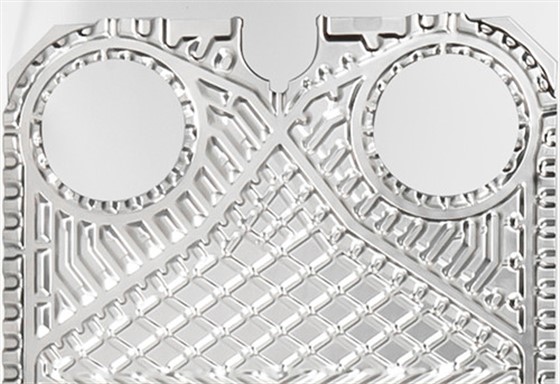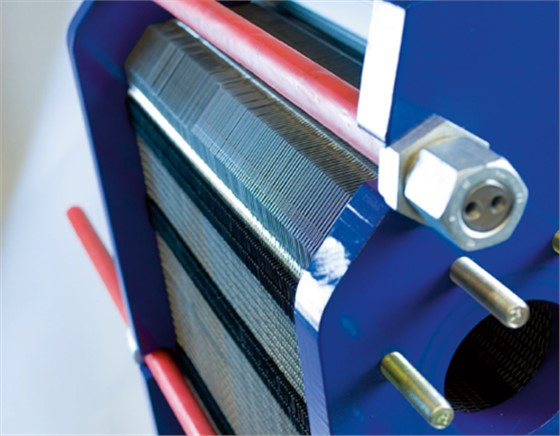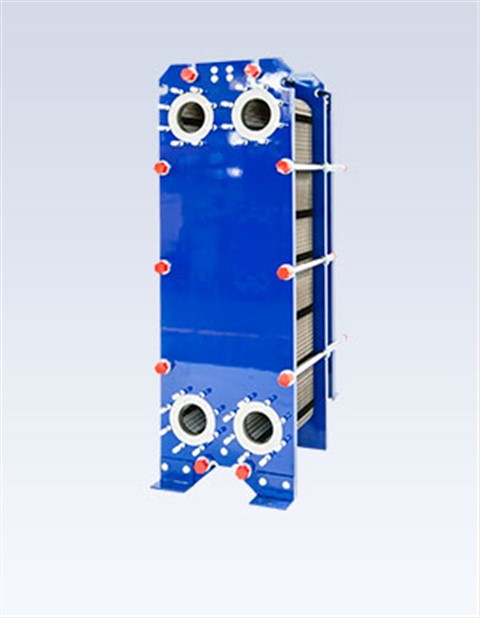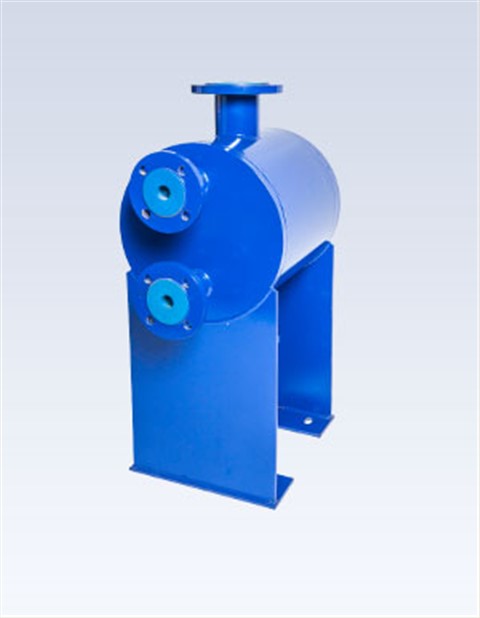The design of the inflow zone and the positioning structure of the plate heat exchanger plates are explained in two parts, one from the point of view of the fluid medium through the plate surface and other one from the point of view of the safety and stability of the plate structure. The continuous innovation of heat transfer technology is reflected in the design and construction of the plate.

Design of the inflow zone of the plate
The infusion zone is located at both ends of the plate, immediately adjacent to the corner holes, and the main purpose of the infusion zone design is to cause the fluid to be evenly distributed along the entire width of the plate, so that all the area of the plateis fully utilized and the pressure drop may be reduced, thereby improving heat transfer performance. This is particularly important for unilateral flow, where the fluid flows in and out along the longitudinal side of the plate at the same angle hole, also known as the ipsilateral flow plate.
Currently, there are two types of common infusion zone structures, one is the trench infusion zone and the other is the mesh format infusion zone. The mesh format is a newly developed structure that is now in common use with a more uniform distribution of the dielectric fluid and a smaller pressure drop compared to the trench format. It should be noted that asymmetrical plate heat exchangers should also have asymmetrical structures for the plate infusion zone.
The design of the inflow zone of the plateproduced by Qingdao RuiputeHeat exchangerEquipment Manufacturing Co.
Positioning structure of the plate
During the assembly or operation of the plate heat exchanger, due to the clamping of the clamping plate, or high temperature and high pressure, pressure fluctuations, especially when the number of plates, clamping force is high, may produce plates offset from each other, local deformation, resulting in leakage; in serious cases, the sealing strip can be extruded from the strip groove, or even damage the strip and plate, or shorten its service life, therefore, must take reliable, stable, safe positioning measures.
At present, the corner hole positioning is commonly used in major factories - each plateis pressed in at least two diagonal edge zones, each with a curved protruding edge; when the adjacent plateis pressed, one protruding edge is tightened with the other, even under harsh conditions, there can be no movement in any direction, simple processing, easy assembly and disassembly.
The world famous Alfa Laval company uses five points metal positioning - the upper guide bar hanging plate platehas three points to prevent up and down movement; the lower guide bar has two points to prevent left and right movement, suitable for plate heat exchanger with corner hole diameter of 140mm or more, processing accuracy and assembly difficulty requirements are high.
APVcompany takes the internal locking strip positioning - along the strip's external measurement, I must be spaced to distribute some raised bars and grooves, with the use of special strips, can ensure that the plateand platehave good support and neutral, suitable for large size plate.

The design of the plate heat exchanger plate infusion zone and the structure of the plate positioning fully reflect the continuous development of heat exchanger equipment.


 Food grade plate heat exchanger
Food grade plate heat exchanger Plate And Shell Heat Exchanger
Plate And Shell Heat Exchanger